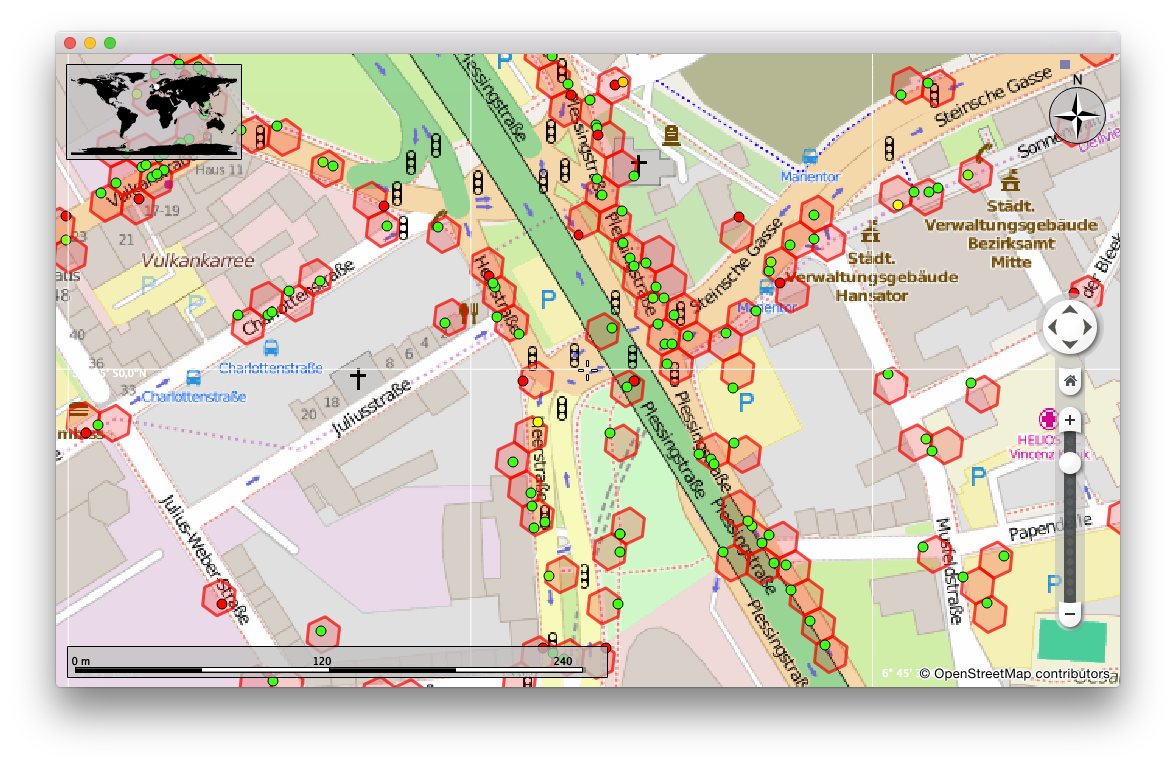Symposium on Visualization in High Performance Computing
|
FCFull Conference Pass (FC - All Days)
FC1Full Conference Pass (FC - 1-Day Only)
BCBasic Conference Pass
ExExhibits Only
ETElectronic Theater Ticket
RTReception Ticket
|

Towards In Situ Visualization of Extreme-Scale, Agent-Based, Worldwide Disease-Spreading Simulations
Exascale computing is regarded as a major milestone for a number of application fields. However, utilizing the massively parallel power of such architectures requires a significant paradigm shift in the software structure of both simulation and visualization systems. A suboptimal workload distribution, communication bottlenecks between processes, as well as global memory accesses are often the limiting part in current approaches when it comes to the execution of such software in an exascale environment.
Recent cases of malaria and Ebola in Africa have shown that there is a need for disease-spreading simulations to help healthcare workers better predict unexpected scenarios and take the necessary precautions. Reaction time plays an important role when it comes to containing a disease. Therefore, converting these kinds of demanding simulations to highly parallel computing systems as well as interactively visualizing the results is key.
This paper demonstrates an approach towards a worldwide simulation of disease-spreading and an integrated—in situ—visualization. Instead of applying large-scale stochastic models, our agent-based method simulates the complete population of the world, accounting for daily tasks and routines of each subject. We focus on massive parallelization and efficient scaling to benefit from existing petascale to upcoming exascale setups. In particular, workload distribution is performed based on space partitioning and not on the population count, which is nonetheless included as an initial optimization. The resulting simulation is combined with a query-driven in situ visualization client that directly utilizes the spatial partitioning and the employed hierarchy. Our preliminary benchmarks underline the scalability of our approach in terms of rising computing power and encourage further research in the direction of worldwide, agent-based simulations and the corresponding in situ visualizations.
Presenter(s)
Andrey Krekhov , University Duisburg-Essen, High Performance Computing Group
Jürgen Grüninger , Intel Visual Computing Institute
Rainer Schlönvoigt , University Duisburg-Essen, High Performance Computing Group
Jens Krüger , University Duisburg-Essen, High Performance Computing Group

